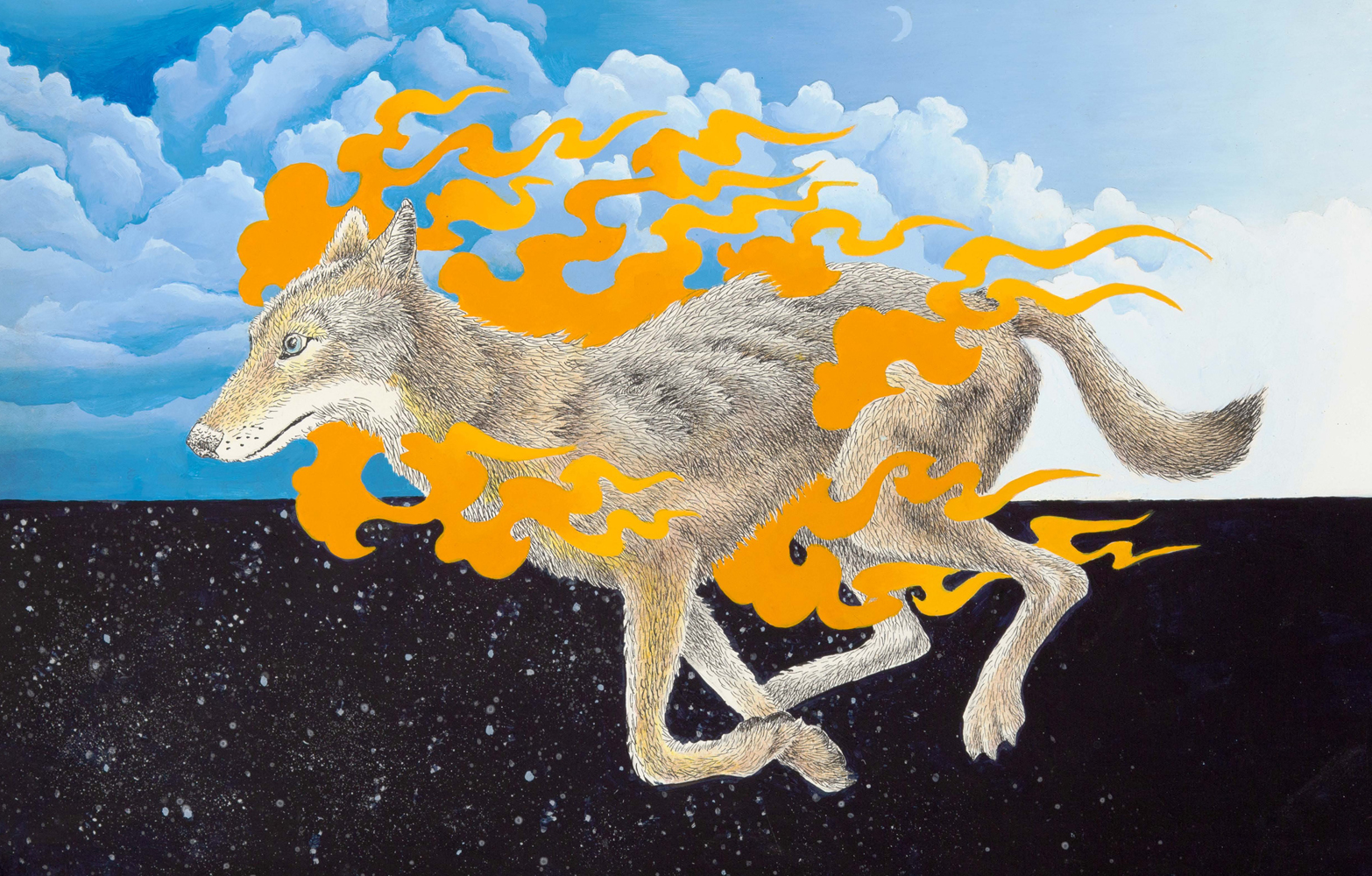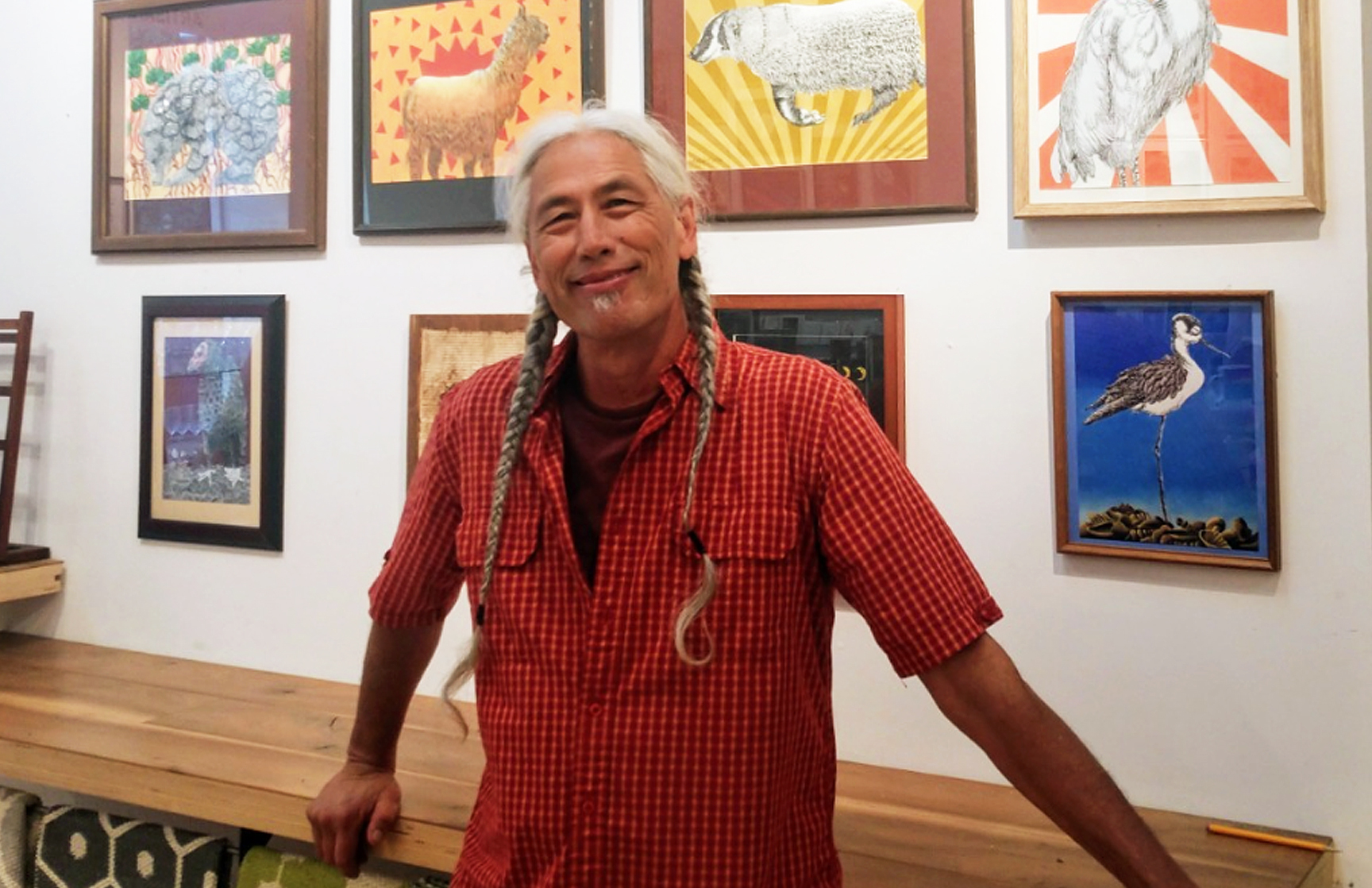ARTWORK BY TONY COCKRELL
TONY COCKRELL ARTIST
The Wandering I
Because curiosity is stronger than complacency, the need to see what is around the next corner has furthered me to this place I now occupy as a natural wanderer. Exploration of landscape at an early age introduced me to the wonder of plants and animals. Collecting the carapaces of insects, feathers of birds, seed pods of plants and bones of animals for closer observation was a natural succession. As my abilities ripened and my senses became more aware, so came the understanding that to really explore or connect to these wild things was to observe them in a way that was, for me, intimate and meditative. Drawing from life merged my passions together, and from this connection emerged a counsel of fantastic and wonderful solitude.
Animals in their natural state are alert and restless, and drawing them requires patience. When I set pen to paper it is a form of exploration, because the way takes no general course and the outcome has no guarantee. The final result may only be as scant as a few gestural lines, and for this reason several drawings are juggled at the same time as the subject is rarely stationary.
From my experience I have learned that animals do not like to be stared at. My initial state of excitement at having a subject to draw has to be subdued. This requires taking my self out of my present state, creating a sense of imperceptiveness, trying to position myself as if it were possible to be unseen where I stand. The longer I remain benign the less I have to try, and what is between the subject and myself transforms into a quality of communion for me.
Through observation there is a remembering and in drawing there is an embellishment burnished into the remembering through the documentation of details. This seeing becomes a type of meditation where ten minutes becomes very still and shadows move positions. When drawing wildlife, moments are so paper thin that everything must be fluid between the eye and the hand. This translates to only a few glances downward at the drawing. Lines are applied quickly, shadows recognized, direction of fur or feather filaments indicated so that the initial drawing has a field documentation quality to it. Notes, memory and sometimes photos are used to later complete the drawing.
Because the drawing is a record of these many aspects coming together from a life drawing setting, accuracy through proportion, which is a quality of biological illustration, is not always a priority, and, actually, certain aspects that are remarkable about that animal may be purposefully over-emphasized in the drawing. The finished artwork hides the underlying process of its origin– all completed things belie their beginnings. The process in which I choose to create these works, I believe, is unique enough to share and worthy enough to explore together.
-Tony Cockrell 08/27/2013
“The finished artwork hides the underlying process of its origin”
TONY COCKRELL 2021








